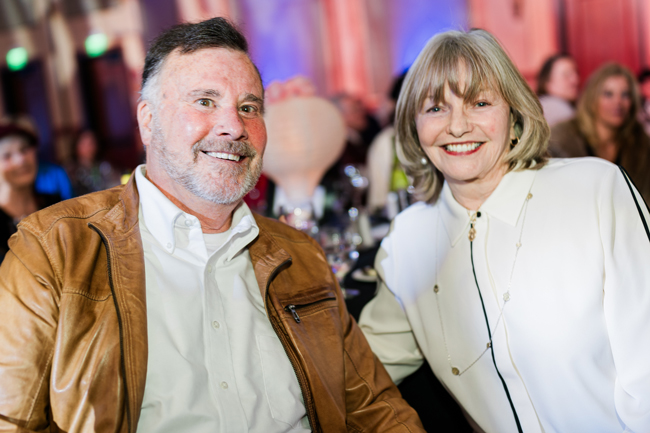 Surgeons at St. Charles Redmond recently performed the first robotic surgery there—a ventral hernia repair with mesh—using a da Vinci Surgical System, which translates surgeons' hands into smaller, more precise movements.
Surgeons at St. Charles Redmond recently performed the first robotic surgery there—a ventral hernia repair with mesh—using a da Vinci Surgical System, which translates surgeons' hands into smaller, more precise movements.
Our surgeons love this technology because it not only increases their dexterity and meticulousness, but also it reduces the physical strain of performing surgery.
“I can’t turn my wrist 360 degrees, but with the robot I can twist the hand around to where I can reach into places that I would not be able to do (in open surgery) or laparoscopically,” said Dr. Ngocthuy Hughes, a general surgeon with St. Charles Surgical Specialists. “And also, it’s for the surgeons’ longevity. With laparoscopic surgery, sometimes getting to a certain angle or certain area of the body is a lot of work on the surgeon.”
For our patients, robotic surgery can mean a shorter hospital stay, less post-operative pain and a faster recovery time.
“Post-operative pain issues are significantly less,” said Dr. John Land, also a general surgeon with St. Charles Surgical Specialists. “I’ve decreased my narcotic prescription rate by 94 percent compared to when I used to do open (surgery).”
The surgeons said a common misconception that patients have is the robot performs procedures all on its own.
“When you talk to the patient, you really stress—and I guess assure them—you’re the surgeon, not the robot,” Hughes said. “A lot of time they get (the idea that) the robot is going to operate on me. And I have to explain to them, ‘No, it’s me operating the robot. The robot is my new tool versus the laparoscope.’ I tell them that the robot allows me to do things that I can’t do with my hands.”
The da Vinci Surgical System has been used successfully in hundreds of thousands of minimally invasive procedures over the past decade. St. Charles is excited to grow its robotics program to include the Redmond hospital.


 Surgeons at St. Charles Redmond recently performed the first robotic surgery there—a ventral hernia repair with mesh—using a da Vinci Surgical System, which translates surgeons' hands into smaller, more precise movements.
Surgeons at St. Charles Redmond recently performed the first robotic surgery there—a ventral hernia repair with mesh—using a da Vinci Surgical System, which translates surgeons' hands into smaller, more precise movements.



